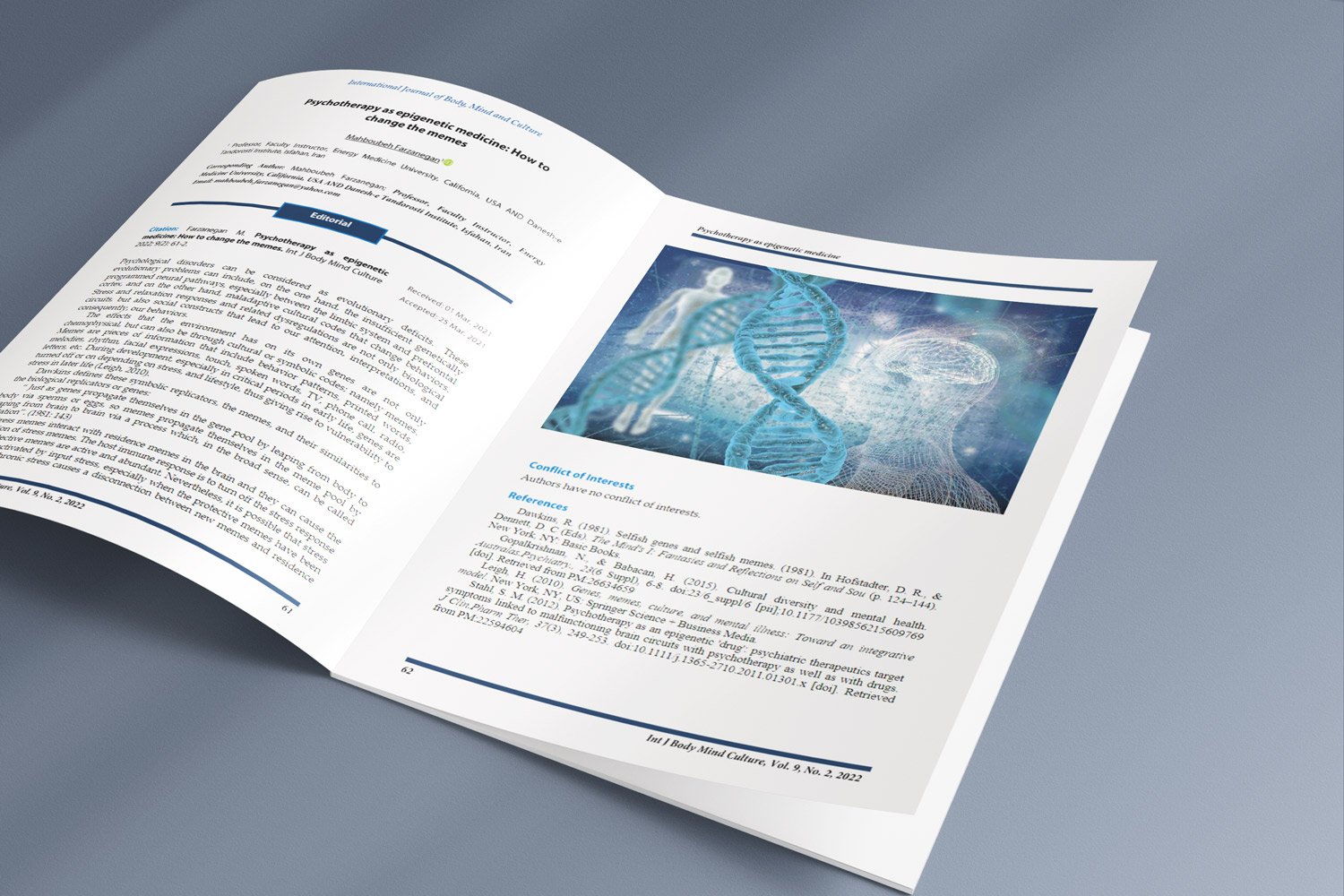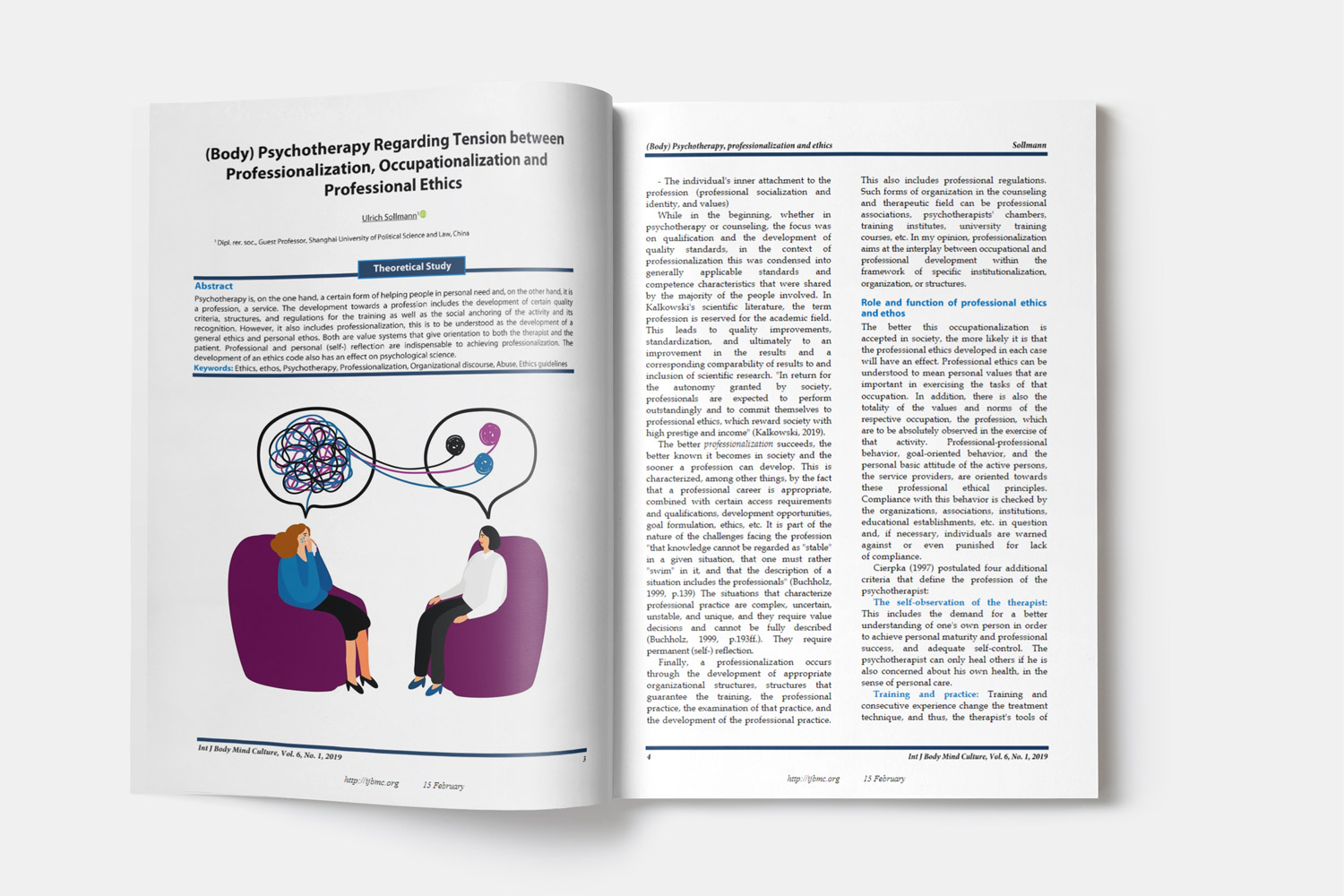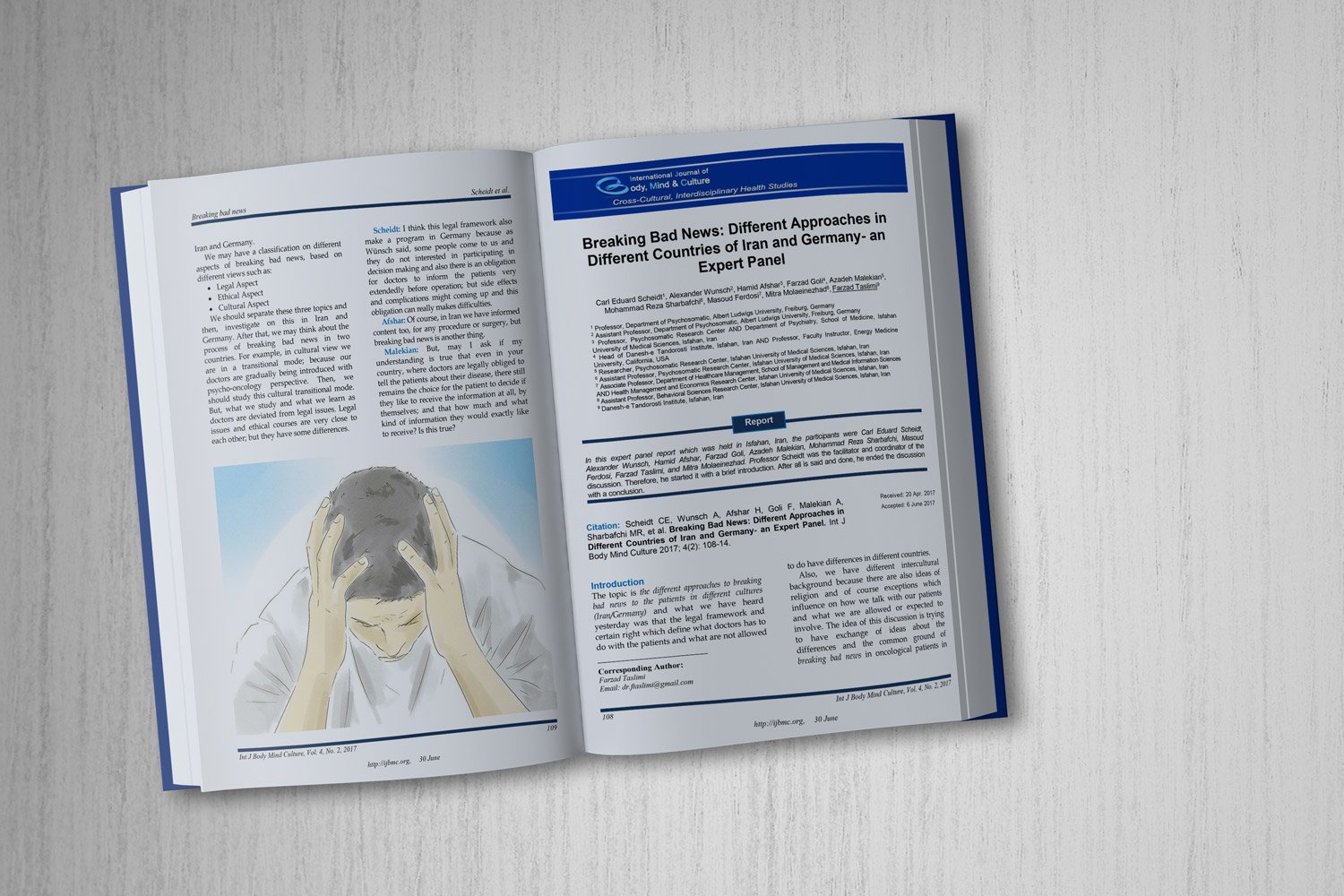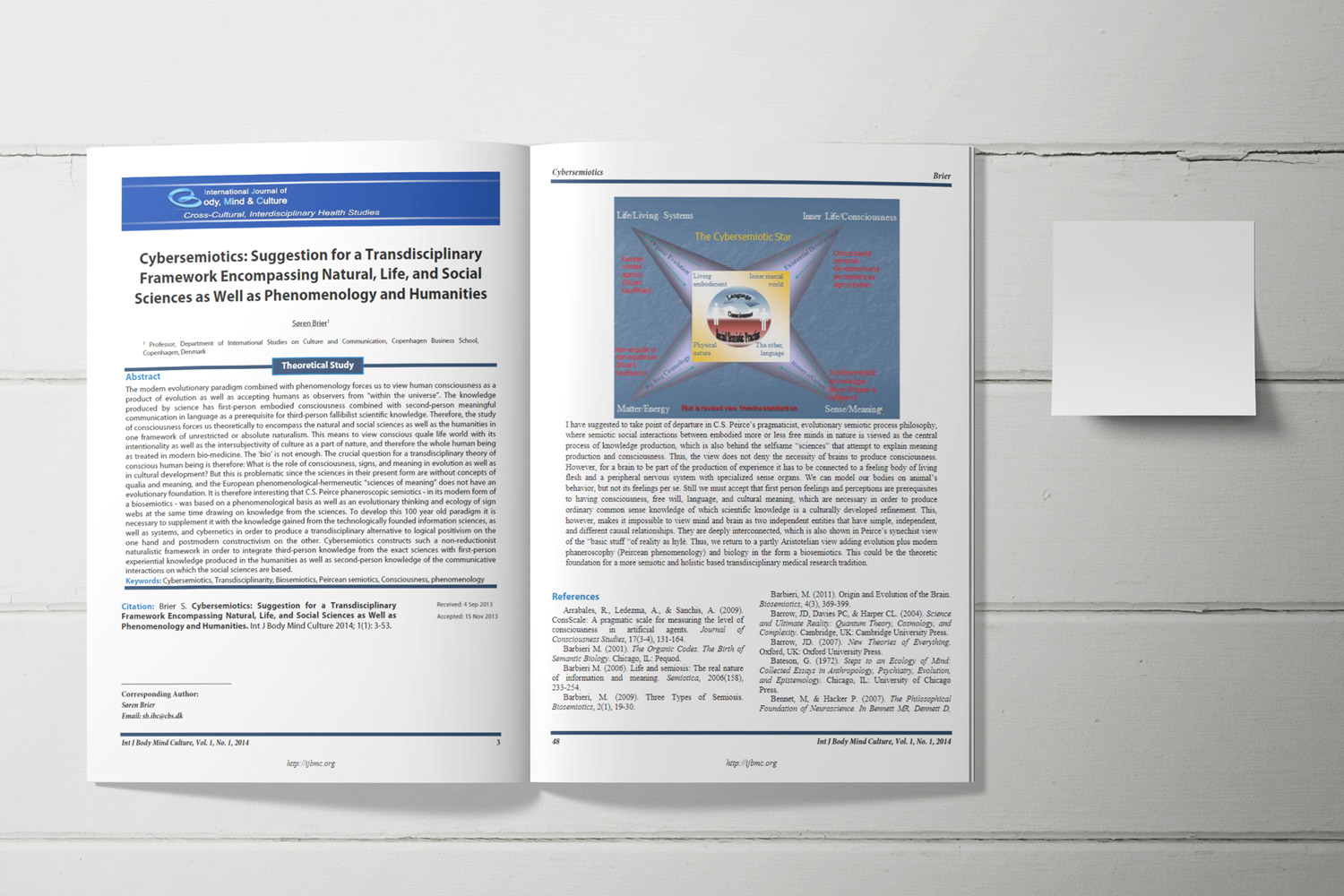The Relationship Between Emotional Regulation and Mental Health with Pets Ownership
Downloads
ABSTRACT
This study examines the relationship between emotional regulation and mental health among pet owners and non-pet owners, exploring the predictive role of emotional regulation on mental health. The sample consisted of 218 participants, including 80 pet owners and 138 non-pet owners. Results revealed that both emotional regulation and mental health levels among pet owners were high across all dimensions. Females demonstrated significantly higher levels of emotional regulation and mental health compared to males, with notable gender-based differences in specific dimensions. Age analysis showed significant differences in psychosomatic and social function effectiveness dimensions of mental health, favoring younger age groups (20–40 years). Furthermore, pet owners exhibited significantly higher levels of emotional regulation and mental health across all dimensions compared to non-pet owners. Regression analysis indicated that emotional regulation significantly predicts mental health among pet owners, accounting for 47% of the variance in mental health scores. These findings highlight the positive impact of pet ownership on emotional regulation and mental health and underscore the potential of emotional regulation as a critical factor in enhancing mental well-being.
Downloads
Allen, K., Shykoff, B. E., & Izzo Jr, J. L. (2001). Pet ownership, but not ACE inhibitor therapy, blunts home blood pressure responses to mental stress. Hypertension, 38(4), 815-820. https://doi.org/10.1161/hyp.38.4.815
Bao, K. J., & Schreer, G. (2016). Pets and happiness: Examining the association between pet ownership and wellbeing. Anthrozoös, 29(2), 283-296. https://doi.org/10.1080/08927936.2016.1152721
Barker, S. B., & Wolen, A. R. (2008). The benefits of human–companion animal interaction: A review. Journal of Veterinary Medical Education, 35(4), 487-495. https://doi.org/10.3138/jvme.35.4.487
Branson, S. M., Boss, L., Cron, S., & Turner, D. C. (2017). Depression, loneliness, and pet attachment in homebound older adult cat and dog owners. Journal of Mind and Medical Sciences, 4(1), 38-48. https://doi.org/10.22543/7674.41.P3848
Brooks, H., Rushton, K., Walker, S., Lovell, K., & Rogers, A. (2016). Ontological security and connectivity provided by pets: a study in the self-management of the everyday lives of people diagnosed with a long-term mental health condition. BMC psychiatry, 16(1), 409. https://doi.org/10.1186/s12888-016-1111-3
Fekih-Romdhane, F., Kanj, G., Obeid, S., & Hallit, S. (2023). Psychometric properties of an Arabic translation of the brief version of the difficulty in emotion regulation scale (DERS-16). BMC psychology, 11(1), 72. https://doi.org/10.1186/s40359-023-01117-2
Friedmann, E., Gee, N., Simonsick, E., Resnick, B., Gurlu, M., Adesanya, I., & Shim, S. (2023). PET OWNERSHIP AND LONGITUDINAL CHANGE IN PSYCHOLOGICAL ADAPTATION–EVIDENCE FROM THE BLSA. Innovation in Aging, 7(Supplement_1), 424-425. https://doi.org/10.1093/geroni/igad104.1401
Gee, N. R., Mueller, M. K., & Curl, A. L. (2017). Human–animal interaction and older adults: An overview. Frontiers in psychology, 8, 1416. https://doi.org/10.3389/fpsyg.2017.01416
Goldberg, D., & Williams, P. (1988). General health questionnaire. In: Granada Learning Group, London. https://www.gl-assessment.co.uk/assessments/products/general-health-questionnaire/
Gross, J. J., & John, O. P. (2003). Individual differences in two emotion regulation processes: implications for affect, relationships, and well-being. Journal of personality and social psychology, 85(2), 348. https://doi.org/10.1037/0022-3514.85.2.348
Hoy-Gerlach, J. (2023). “The GRR Method”: Offering Companion Animals Enrichment Opportunities through Human Stress Management Skill Applications. Animal Behaviour and Welfare Cases(2023), abwcases20230027. https://doi.org/10.1079/abwcases.2023.0027
Krause-Parello, C. A. (2012). Pet ownership and older women: the relationships among loneliness, pet attachment support, human social support, and depressed mood. Geriatric nursing, 33(3), 194-203. https://doi.org/10.1016/j.gerinurse.2011.12.005
Latella, D., Berluti, N., DiGuilio, L., Doyle, L., Goodrich, E., Healy, C., Lane, M., Nedza, S., & Postiglione, S. (2024). Understanding the Effects of Human–Animal Interaction Therapy on the Stress Levels of OT Students. The American Journal of Occupational Therapy, 78(Supplement_2), 7811500258p7811500251-7811500258p7811500251. https://doi.org/10.5014/ajot.2024.78S2-PO258
McCune, S., Kruger, K. A., Griffin, J. A., Esposito, L., Freund, L. S., Hurley, K. J., & Bures, R. (2014). Evolution of research into the mutual benefits of human–animal interaction. Animal Frontiers, 4(3), 49-58. https://doi.org/10.2527/af.2014-0022
McNicholas, J., & Collis, G. M. (2000). Dogs as catalysts for social interactions: Robustness of the effect. British journal of psychology, 91(1), 61-70. https://doi.org/10.1348/000712600161673
Needell, N. J., & Mehta-Naik, N. (2016). Is pet ownership helpful in reducing the risk and severity of geriatric depression? Geriatrics, 1(4), 24. https://doi.org/10.3390/geriatrics1040024
Rodríguez, K. E., Herzog, H., & Gee, N. R. (2021). Variability in human-animal interaction research. Frontiers in Veterinary Science, 7, 619600. https://doi.org/10.3389/fvets.2020.619600
Shams, H., Yousaf, S. K., Ishrat, F., Kulsoom, U., Mehtab, S., Zaman, G., Sajjad, A. G., & Kiyani, M. M. (2021). Age-based relationships among loneliness, pet attachment support, wellbeing, and quality of life in pet owners: a socio-emotional and neurological rehabilitation perspective. Biomedical Journal of Scientific & Technical Research, 34(4), 27035-27039. https://doi.org/10.26717/BJSTR.2021.34.005598
Stanley, I. H., Conwell, Y., Bowen, C., & Van Orden, K. A. (2014). Pet ownership may attenuate loneliness among older adult primary care patients who live alone. Aging & mental health, 18(3), 394-399. https://doi.org/10.1080/13607863.2013.837147
Von Humboldt, S. (2025). Pet companionship, intimate relationships, and mental health in an older couple. In International Handbook of Love: Transcultural and Transdisciplinary Perspectives (pp. 1-16). Springer. https://doi.org/10.1007/978-3-031-76665-7_87-1
Wan, M., Kelemen, T. K., Zhang, Y., & Matthews, S. H. (2023). An island of sanity during the COVID-19 pandemic: Does pet attachment support buffer employees’ stress due to job insecurity? Psychological reports, 126(6), 2621-2647. https://doi.org/10.1177/00332941221109105
Wong, R., & Co, M. (2023). 357 A Case-Control Study to Evaluate the Impact of Pet Cat or Dog Ownership on Medical Students’ Psychosocial Well-being. British Journal of Surgery, 110(Supplement_7), znad258. 586. https://doi.org/10.1093/bjs/znad258.586
Copyright (c) 2025 International Journal of Body, Mind and Culture

This work is licensed under a Creative Commons Attribution-NonCommercial 4.0 International License.















